No matter the weather; rain, snow, dust, or wind, our dogs need walks.
In winter, this might mean the risk of irritation from salted sidewalks, so cleaning up their paws properly after you return from a walk is a must. “Some dog’s feet are extremely sensitive to the cold, to the salt, and all the elements,” says Helen Adler, member of the National Dog Groomers Association of America and owner of The Pet Maven, a New York City-based company that provides in-home grooming services.
During the rest of the year, cleaning up paws will not only protect your floors but also will allow you to see any paw problems that might need attention and prevent others from developing. Caked on dirt may hide wounds and chronically dirty feet can cause inflammation and abrasions.
Here are six tips to help make cleaning your dog’s paws easier and more effective.
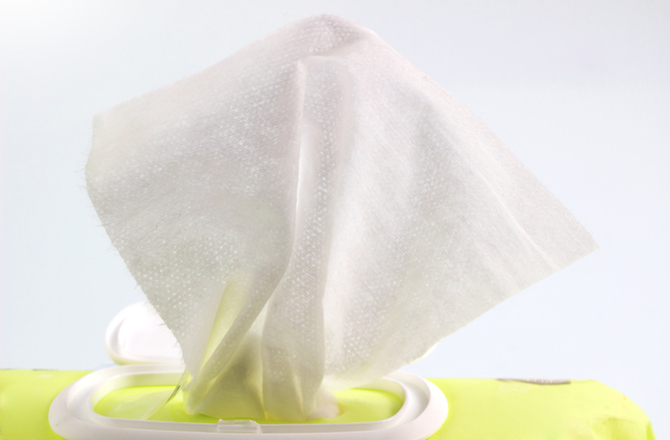
Use a Wet Towelette for Minor Cleanups
If your dog’s paws are just a little dusty, a wet towelette or gentle baby wipes might be all you need to clean them up—as long as you’re using a wipe that’s labeled as safe for pet care. Be aware, never use a wipe with detergents or bleach.
If wipes are not available a wet paper towel can do the trick.
Thoroughly Wash Dirty Paws
If there is mud or debris stuck between the pads or on the foot, you may need to actually wash the foot. It’s easiest to do this in a sink with a sprayer or in the bathtub.
For especially dirty paws or paws that may have been exposed to tar or other sticky substances, you need to do a thorough washing.
For small dogs, you can either wash their feet in a sink or leave a tray of water by the door. For larger dogs or dogs that have a lot of hair/fur on their feet and ankles, you may only be able to rinse them off in a tub with a sprayer using some dog shampoo. Scrub the dirty areas thoroughly and then completely rinse away the shampoo and debris using lukewarm water.
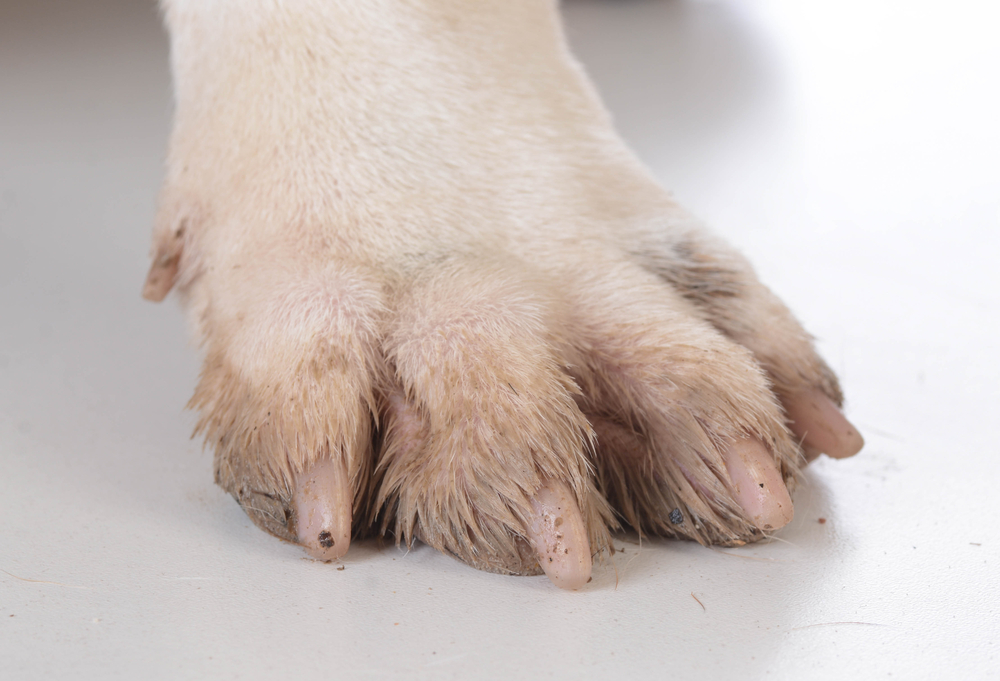
Clean Around the Toes and Nails
When cleaning paws, don’t forget the toes and nails.
Some dog’s feet are extremely sensitive to the elements, especially in winter. You never want your dog licking their paws after they have been exposed to salt or other ice melts. If your pet licks the salt or ice melts of their paws, it can lead to oral ulceration, irritation, and even gastrointestinal upset.
Washing/wiping between the toes and pads is very important: that’s where nasty stuff can accumulate.
To clean the area, gently turn your dog’s paw toward you and carefully cleaning or washing between the pads. Always separate each of the dog’s claws for proper cleaning. Finish up with a dry towel; you don’t want your dog’s wet feet tracking through your home nor do you want to risk them slipping if their paws are still wet.
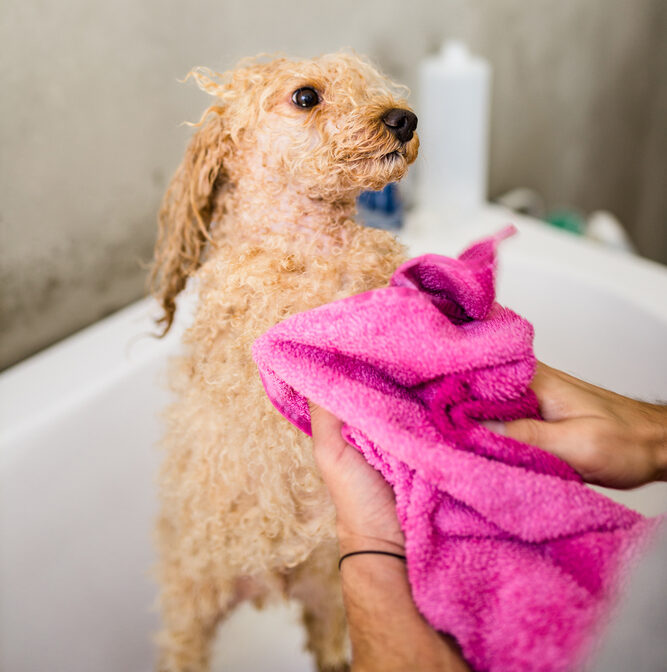 Dry Paws with a Towel
Dry Paws with a Towel
If your pet’s feet get wet, but no dirt, salt, or chemicals came in contact with the foot, you can just dry the foot with a towel, Lopes says.
Make sure you get the pad area of the foot dry. Just squeeze each foot a couple of times with a clean towel to get most of the water off if your pet comes in wet from the winter weather.
Use a towel to dry off the feet after a rainy walk or after bathing as well, no need to track water all over the house.
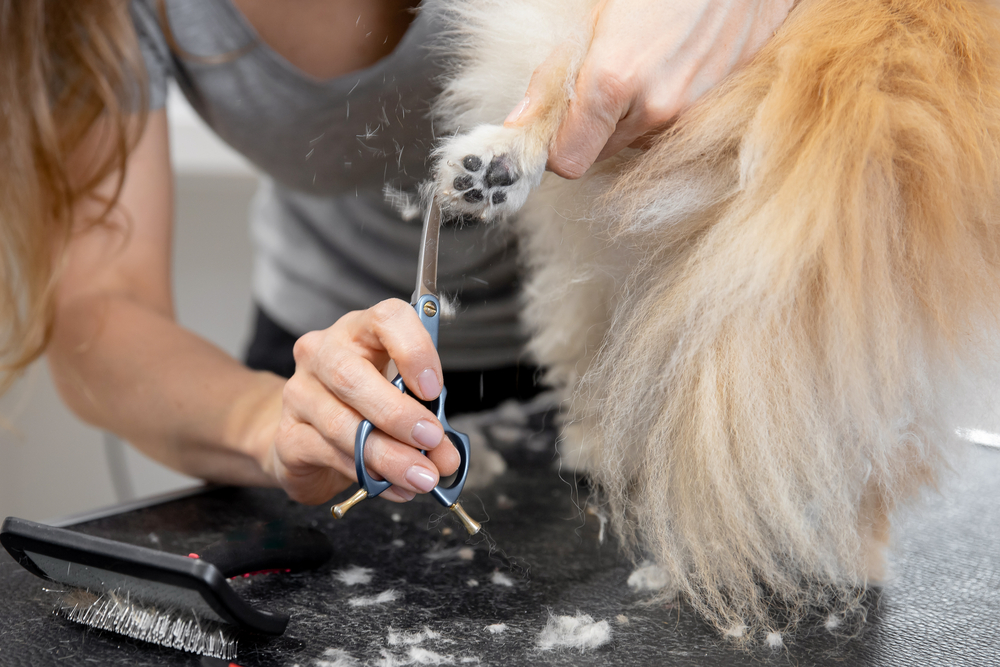
Keep Foot Hair Trimmed
For longer-haired breeds, Adler recommends keeping the hair between the pads and around the sides of the foot short to prevent the accumulation of debris.
It is not recommended to trim your own dog’s pad hair since the skin in the area is very delicate and you do not want to nick a pad. If owners are comfortable and their dog is compliant, it is OK to trim around the feet or legs, but stay away from the pads and leave that to a professional.
One note of caution: Closely shaving around the pads and toes is not a good idea. Shaved paws will result in direct exposure to corrosive salt against the bare skin, causing irritation that will induce the dog to lick and clean its paws.
Clean Up Cuts
After a walk, always check your dog’s paws for cuts, abrasions, and blisters. Although they may start out as minor wounds, they can rapidly develop an infection if untreated.
If the wound is severe or appears infected, you should consult your veterinarian. But if it is minor and can be addressed at home, start by washing the paw with warm water to ensure that all debris is removed, she suggests. Then clean the area with a diluted antiseptic.
After cleaning, dry the paw and apply a small amount of antiseptic or antibacterial spray or lotion that is labeled for use in pets. You can cover the wound with a pad, Payne says, but keep in mind that these won’t always stay on as your dog runs around or goes out again.
Now get out and enjoy the Springtime walks!
Or, let one of our trained walkers handle them for you!
We will always practice paw cleanliness and never bring the mud into your home.

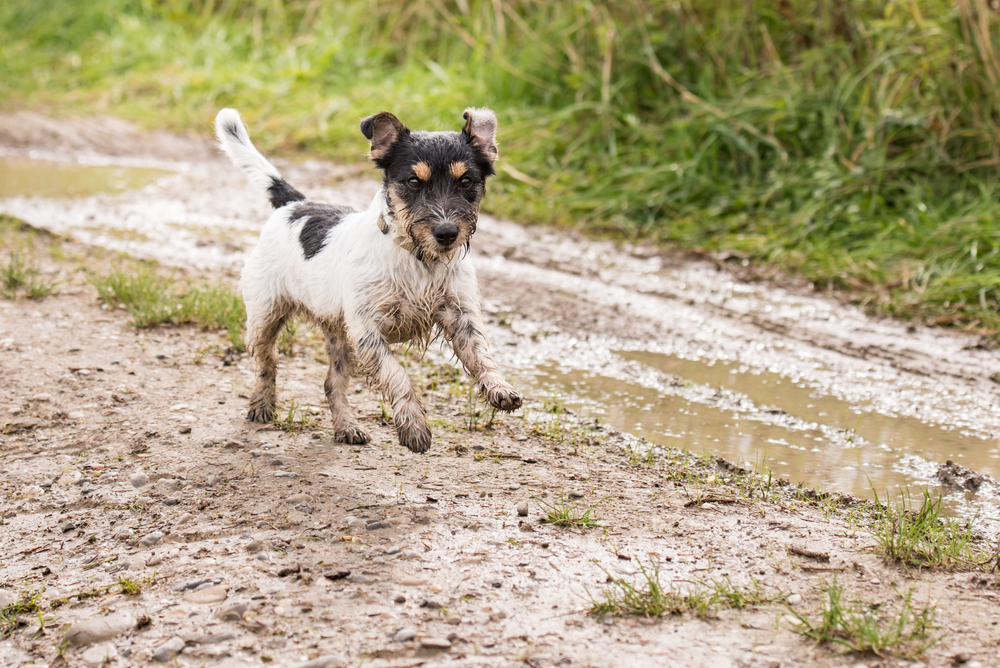

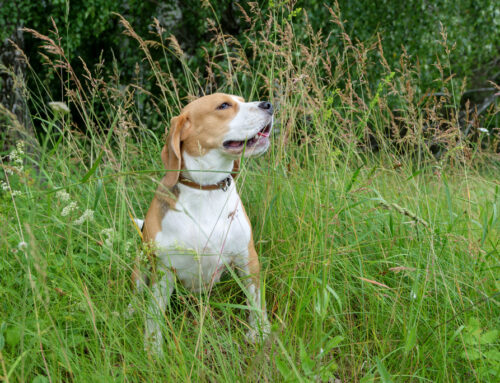
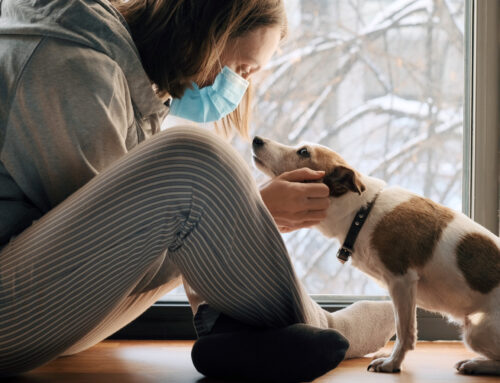
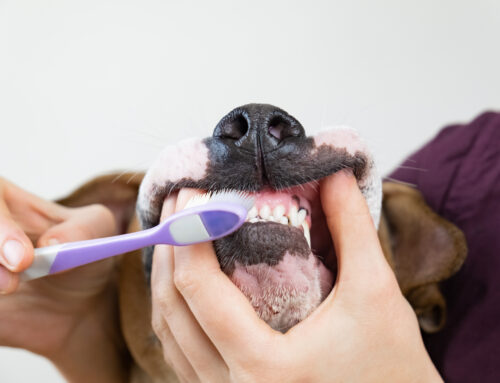
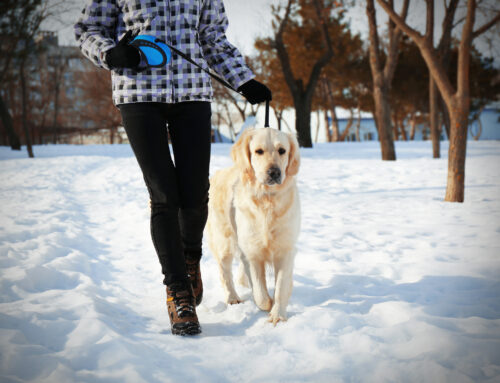
Leave A Comment